AND WHAT CAN BE DONE ABOUT IT
This slide-deck is part of a lecture series at Humboldt-Universität zu Berlin (27.10.2023) and at FH Münster (02.11.2023).
Für die deutsche Version des Vortrags HIER KLICKEN.
AND WHAT CAN BE DONE ABOUT IT
This slide-deck is part of a lecture series at Humboldt-Universität zu Berlin (27.10.2023) and at FH Münster (02.11.2023).
Für die deutsche Version des Vortrags HIER KLICKEN.
UND WAS DAGEGEN GETAN WERDEN KANN
Diese Folien sind Teil einer Vortragsreihe an der Humboldt-Universität zu Berlin (27.10.2023) und an der FH Münster (02.11.2023).
For the English version of the talk CLICK HERE.
Bojdys, M. J. Nachrichten aus der Chemie, Jul 2023, S. 10-14 DOI: 10.1002/nadc.20234137105 [GDCh App Link]
Farewell to Static Print and PDF Articles? ChemistryViews, Aug 2023 [Link]
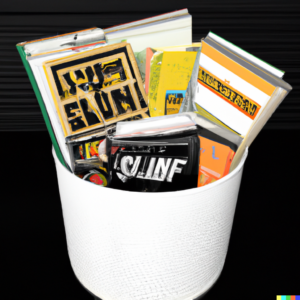
How text-generating artificial intelligence will challenge narrative scientific publishing.
Continue reading Publishing and AI – On the decline of academic dime novels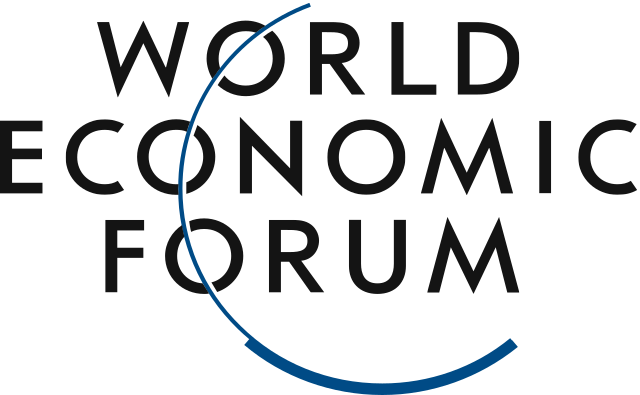
Scientists engage in advocacy efforts to organize and accelerate humanitarian responses, academic exchange, funding, hiring, accommodation, and preserving physical and digital academic assets in Ukraine. What can you do as a scientist to #StandWithScholarsAtRisk? We have summarized the experiences of the Young Scientists at the WEF as “academic ambassadors” and offer pathways for leveraging the international science community and inspire action.
WEF Agenda: https://www.weforum.org/agenda/2022/03/ukraine-scientific-community-scholars-at-risk/
Interview [in German] – Wie die Wissenschaftscommunity geflüchteten Wissenschaftler:innen helfen kann
Interview [in English] – How the science community can help refugee scientists

“For science to become an integral part of policymaking, we need a culture of engagement. Researchers need to be recognized and rewarded for developing and using this engagement,” reads the call of the Young Scientists at the World Economic Forum published in the Frontiers Policy Labs open access blog.
The intitative is supported by 52 signatories all former and current young World Economic Forum scientists from around the world – including bojdysLAB – who believe that this could trigger a domino effect and that more scientific knowledge from other fields would get into the hands of policymakers to inform their decisions.
This initiative has been highlighten by Jan-Martin Wiarda in “Most disaster movies start with scientists whose warnings are ignored by policymakers”.
Burmeister, D.; Tran, H. A.; Müller, J.; Guerrini, M.; Cocchi, C.; Plaickner J.; Kochovski, Z.: List-Kratochvil, E.; Bojdys,* M. J. Angew. Chem. Int. Ed. 2021. DOI: 10.1002/anie.202111749 [OPEN ACCESS]
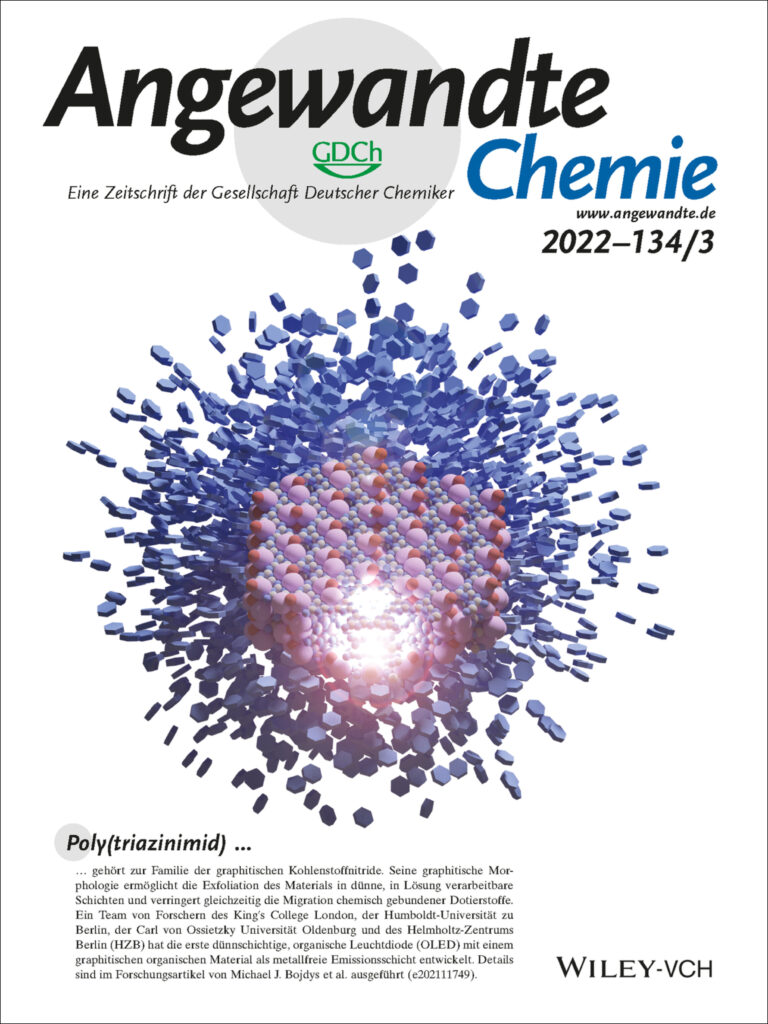
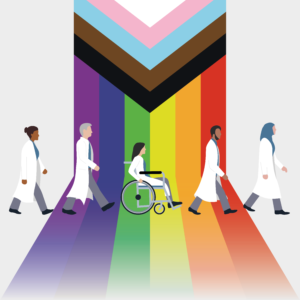
If we did not feel the need for dialogue, the need for exchanging ideas, then we would be living in a global dictatorship of a selected few authoritative opinions. In June 2020, a team of talented, outspoken, diverse scientists from more than 30 institutions world-wide came together to prepare a joint, positive, forward-looking declaration of what “home” in science should look like, namely: colourful, exciting, and excellent.
Our authors spontaneously linked up on social media and by real-time communication into functional, ad-hoc teams to write, to brain-storm and to review this work. What drove this unique cooperation was the belief, that the most diverse pool of opinions and ideas will ultimately yield uniquely insightful and better results. Having witnessed this process first-hand, I am looking forward to the future of science that our authors envision.
This article “A diverse view of science to catalyse change” is co-published in the following journals: Nature Chemistry [DOI: 10.1038/s41557-020-0529-x], Chemical Science [DOI: 10.1039/D0SC90150D], Journal of the American Chemical Society [DOI: 10.1021/jacs.0c07877], Angewandte Chemie International Edition [DOI: 10.1002/anie.202009834], Canadian Journal of Chemistry [DOI: 10.1139/cjc-2020-0323], and Croatica Chemica Acta [DOI: 10.5562/diversity2020]. The accompanying community blog “Diverse Views in Science” is accessible via: https://chemistrycommunity.nature.com/channels/diverse-views-in-science
The World Economic Forum Agenda post is available on: https://www.weforum.org/agenda/2020/08/science-stem-support-inclusion-diversity-equality
Maximum capacities at the theoretical limit come from Adlershof
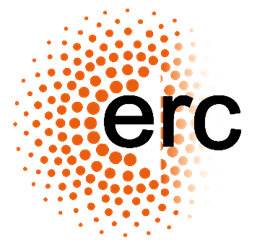
On April 27, the European Research Council (ERC) announces the recipients of the Proof of Concept (PoC) Grant scheme: one of them is Michael J. Bojdys, materials chemist and junior research group leader at IRIS Adlershof and the department of chemistry of Humboldt-Universität zu Berlin. This makes Bojdys one of the first two ERC PoC grantees in Berlin since the grant was established in 2018. This year’s second recipient is from the TU Berlin.
Proof of Concept Grants are exclusively awarded to researchers who already hold an ERC Grant and wish to move the output of their research towards the initial steps of pre-commercialisation.
In the course of his ERC PoC Grant “Ultra-high energy storage Li-anode materials” (LiAnMAT) Michael Bojdys will develop together with VARTA Micro Innovation GmbH and the Adlershof start-up INURU GmbH, Li anode materials for high capacity applications. First promising results are part of a patent application of HU Berlin and the start-up incubator Humboldt Innovation GmbH: the capacity of the novel anodes exceeds that of commercially available anodes by a factor of 10-40.

Press-release @erc-europa.eu [EN]
Press-release @hu-berlin.de [EN/DE]
Press-release @iris-adlershof.de [EN/DE]
Michael J. Bojdys joined the delegation of the European Research Council (ERC) composed of ERC President Prof. Jean-Pierre Bourguignon and ten ERC grantees at this year’s ‘Annual Meeting of New Champions’ hosted by the World Economic Forum. Dr. Bojdys summarizes his Community Session on “Strengthening Chemical and Materials Innovation Financing”:
“The WEF focused this year in particular on “Leadership 4.0” to deliver on sustainable development goals. The technology for sustainable electronics, smart energy storage, food security and healthier living is out there, sponsored by tax-payer’s money via the ERC, for example, who are supporting my research. But most scientists lack the business literacy to bring their projects to the market. WEF and ERC identify the need for (1) better business training of scientists – that means: can you deliver an “elevator pitch” on the impact of your research on society? Can you make the same pitch to funders? (2) Better funding instruments to develop prototype devices – here, the ERC is leading with the ERC “Proof of Concept” grant scheme that pays not only for prototype development but also for a market study, and (3) how can we help scientists find the right type of funders for their pre-IPO [initital public offering] projects – an exciting new initiative by the ERC is the “Virtual Ventures Fair” [More…] that aims to bring scientists that succesfully resolved their “Proof of Concept” grants together with investors. I am particularly looking forward to work together with the new leadership of the ERC on the “Virtual Ventures Fair” project – if there’s anything we know as scientists, then it is to contribute expert opinions via peer-review.”
“Michael J. Bojdys, head of the Functional Nanomaterials group at the Charles University in Prague, describes a class of [graphene-]analogous, two-dimensional sheets made from a mix of carbon and nitrogen that are here to complement the one property that the wonder material graphene has not: a useful electronic band gap.” – Dr Mara Staffilani
MaterialsViews 2016. [Link]
Highlight for the article: Bojdys,* M. J. Macromolecular Chemistry and Physics 2016, 217, 232–241. [DOI: 10.1002/macp.201500312]